RV Toolkit Essentials
RVing can be an exciting and rewarding experience, but it also requires some careful planning and preparation. One of the most important aspects of RVing is having the right tools and equipment on hand to deal with any situation that may arise while on the road. In this blog post, we’ll discuss some essential tools to have with you while RVing.
While full-time RVers may need to keep a few more tools on hand, weekend RV campers might be able to get away with carrying a basic toolkit. Regardless of whether you full-time RV or hit the road on the weekends, these tools are ones we think every RVer should have in their kit to tackle minor repairs and maintenance tasks.
*This post may contain affiliate links. As an Amazon Associate, I earn from qualifying purchases. I may receive a small commission when you make a purchase using my links at no extra cost to you. Thanks for your support!
Table of Contents
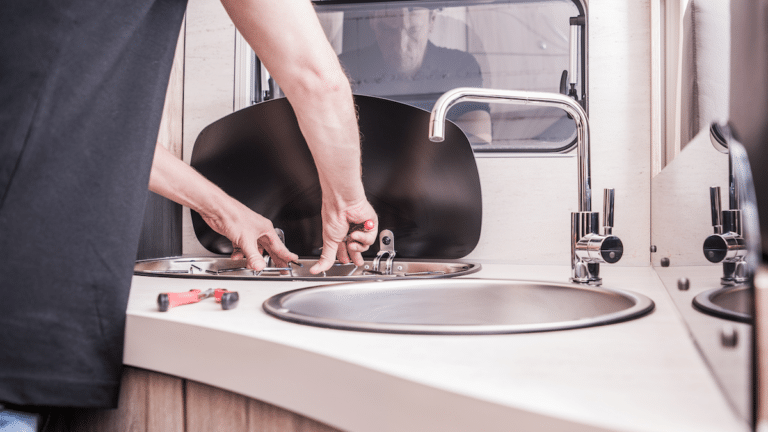
RV Toolkit Essentials
Screwdrivers
You’ll want both flathead and philips for removing or tightening screws on various surfaces and objects. Having an assortment of screwdrivers is helpful to have on hand just like you would in a home.
Click here to check the price on Amazon
Wrenches
Grab an adjustable wrench or a set of different-sized wrenches for tightening and loosening nuts and bolts.
Click here to check the price on Amazon
Drill and Bits
A cordless drill with a set of drill bits and screwdriver bits can make repairs and installations much easier and faster. This is one of the most helpful tools to keep on hand. In addition to repairs you can use this to tighten things up that may have come loose during travel.
Click here to check the price on Amazon
We love this one from DEWALT. Previously, we had a cheap drill from Harbor Freight that ended up breaking… So we decided to invest in a better one. This is on the pricier side but really good quality.
Hammer
The inside of your RV is like an earthquake as you drive down the road. With so much shaking, bumps and possibly a pot hole or two having a hammer to drive in nails that may have popped out is helpful.
Click here to check the price on Amazon
We also carry a rubber mallet that’s very useful for driving stakes into the ground (to hold our gazebo or outdoor rug in place).
Assorted Pliers
Used to grip, cut, or twist wires, pipes, and other objects.
Click here to check the price on Amazon
Socket Set
A set of sockets and a ratchet is useful for tightening or loosening bolts or nuts.
Click here to check the price on Amazon
Tire Pressure Gauge
Maintaining proper tire pressure is crucial for safe and efficient RV travel. A tire pressure gauge is a simple tool that can help you monitor your tire pressure and ensure that your tires are inflated to the correct level. It’s a good idea to check your tire pressure before every trip and before embarking on a long journey.
Click here to check the price on Amazon
Utility Knife
A very helpful camping tool – use to cut through various materials, such as boxes or rope.
Click here to check the price on Amazon
Multimeter
A tool that can measure voltage, current, and resistance, which can help diagnose electrical issues in your RV.
Click here to check the price on Amazon
Additional Helpful “Non-Tool” Items
Zip Ties
Zip ties can be used to secure cables or wires, hold things in place, or temporarily fix a broken part.
Click here to check the price on Amazon
Duct Tape
You never know when you might need Duct tape! It’s such a versatile item that can be used for a variety of repairs, such as patching holes or sealing leaks.
Click here to check the price on Amazon
Electrical Tape
Electrical tape is a useful item for insulating wires and making temporary repairs to electrical components.
Click here to check the price on Amazon
Lubricant
Lubricant can be used to loosen rusted or stuck parts and prevent rust and corrosion on metal parts. The Dry Lube linked below is something we use on the bottom of our RV’s slide outs. Another lubricant we like to keep on hand is a can of WD-40.
Click here to check the price on Amazon
Dicor Self-Leveling Lap Sealant
It’s so important to inspect your RV roof a few times throughout the year to touch up any minor cracks in the sealant. The last thing you want is a leaky roof!
Click here to check the price on Amazon
Silicone Sealant
Silicone sealant can be used to fill gaps and prevent leaks around windows, vents, and other areas where water might enter. It’s important to regularly check the seals on your RV.
Click here to check the price on Amazon
Spare Fuses
Fuses can blow out unexpectedly, so it’s always a good idea to have some spares on hand to avoid any inconvenience. What type of fuse you’ll need will depend on what it’s being used for but the kit above has a variety of 14 common standard and mini fuses. Make sure you’re using the right amp fuse to protect the vehicle/RV and electronic equipment from short-circuit/overload.
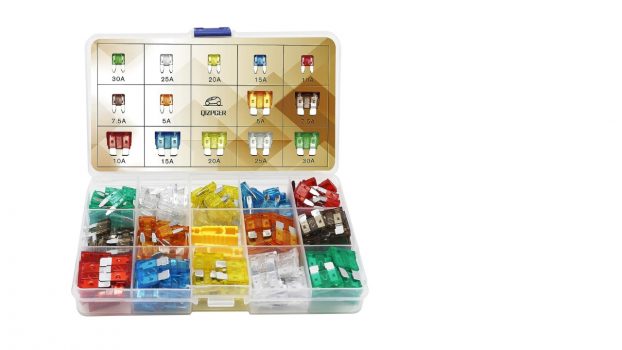
Click here to check the price on Amazon
Various Spare Batteries
Keep spare batteries for your flashlights and other small devices, such as your RV’s smoke detector or CO detector either in your RV toolkit or in a drawer in the RV.
Click here to check the price on Amazon
Folding Ladder
A lightweight and compact ladder can help you reach high areas of your RV, such as the roof or awning.
Click here to check the price on Amazon
Don’t Hit the Road Without These Tools in your RV Toolkit
With limited space in an RV and weight being a concern, it’s better not to carry around a ton of extra heavy tools you’ll rarely use. Worst case scenario you can always make a run to the hardware store or ask a fellow camper to borrow the tool you need. After all, most RVers are friendly and very willing to help other campers out!
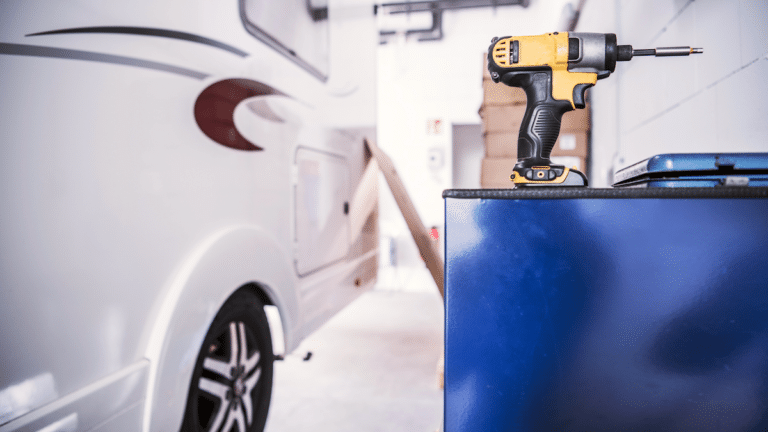
Having these common items on hand can help you handle many of the small repairs and maintenance tasks that may arise during your camping trip. It’s always a good idea to periodically review and update your RV repair kit to make sure you have everything you need for a safe and enjoyable RVing experience.
Looking for more RV gear? Check out our post on 20+ Full-time RV Living Essentials.
Safe travels!

Did you find this post helpful? Don’t forget to pin it for later!
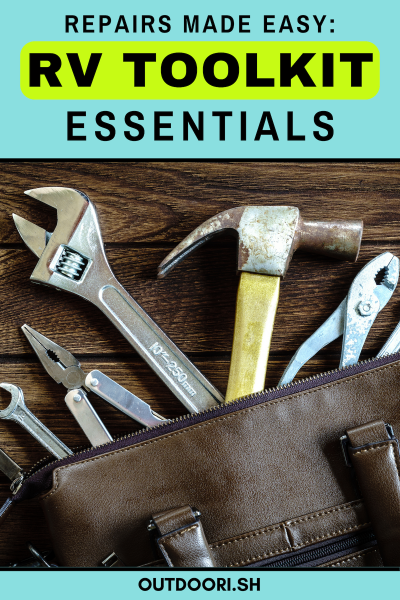
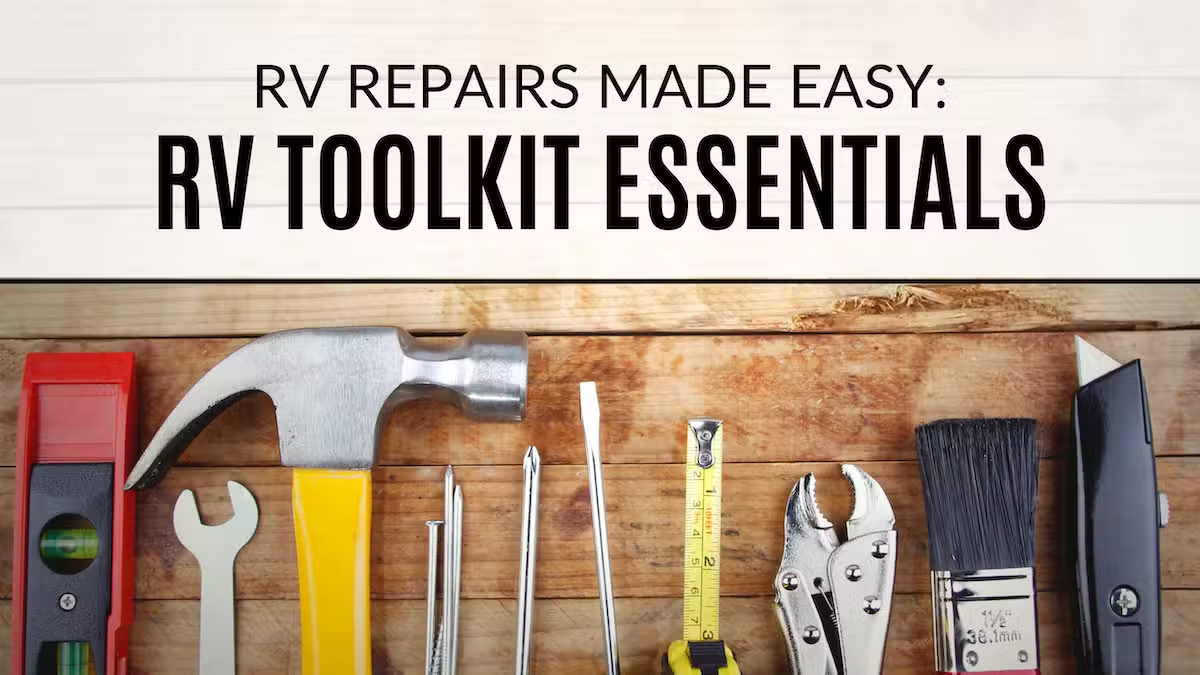
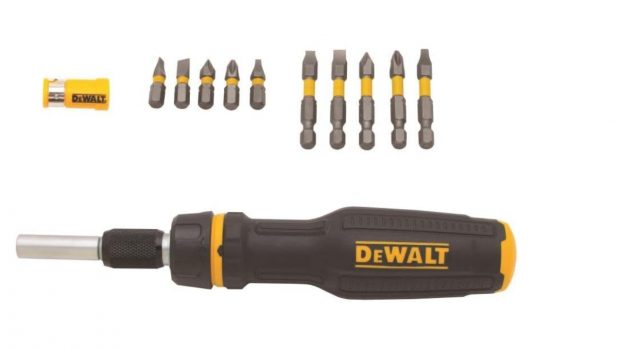
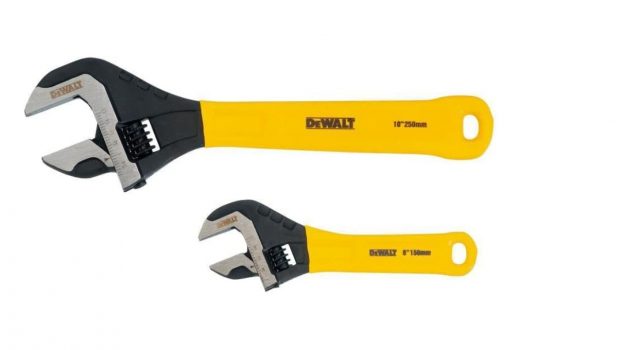
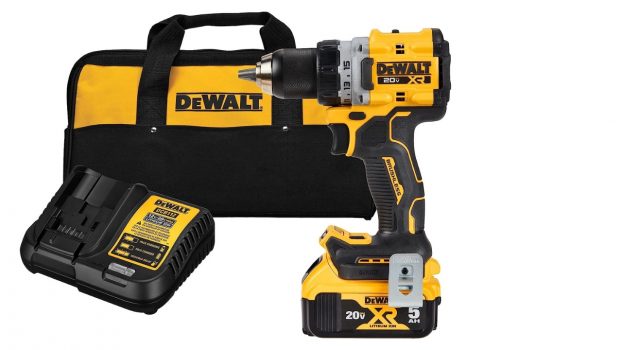
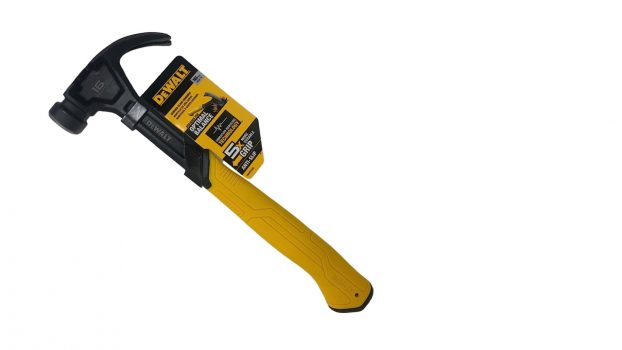
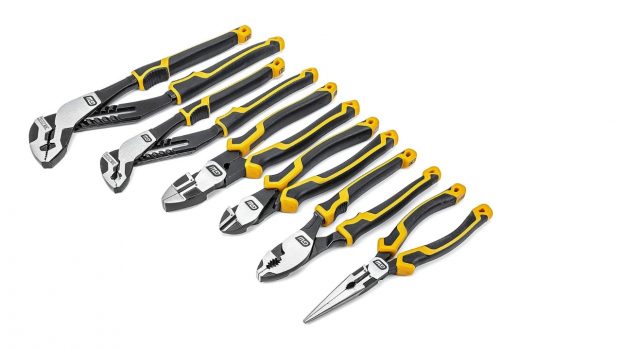
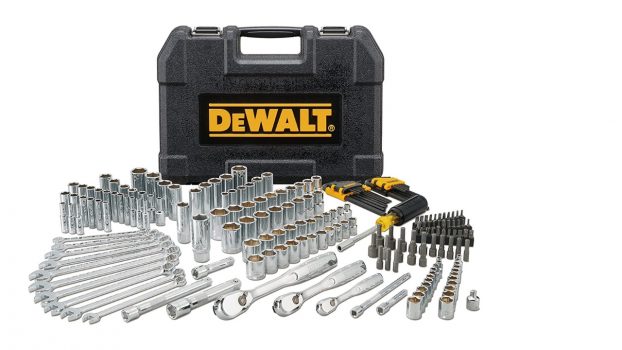
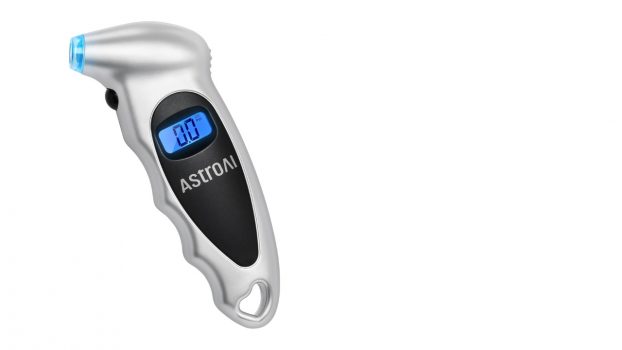
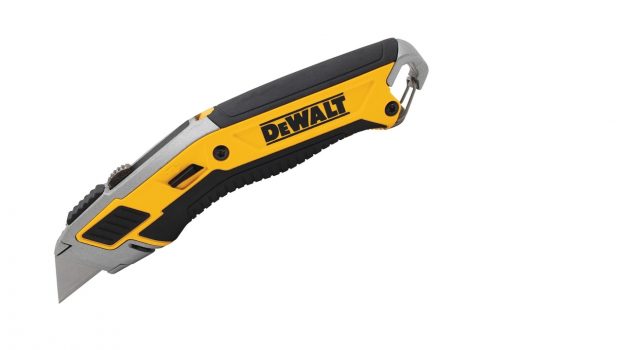
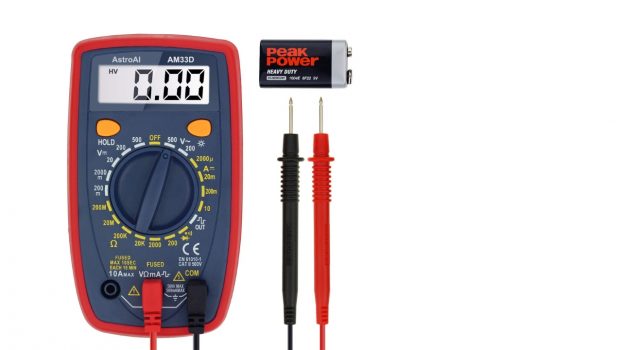
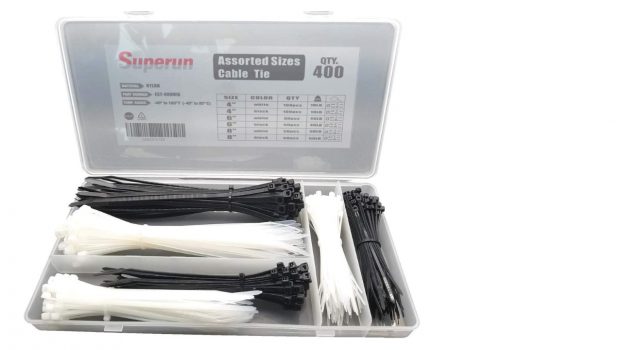
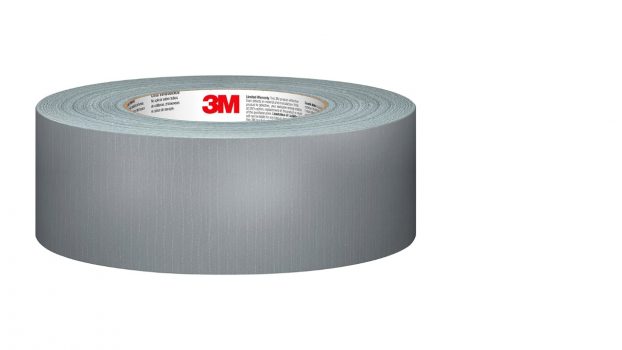
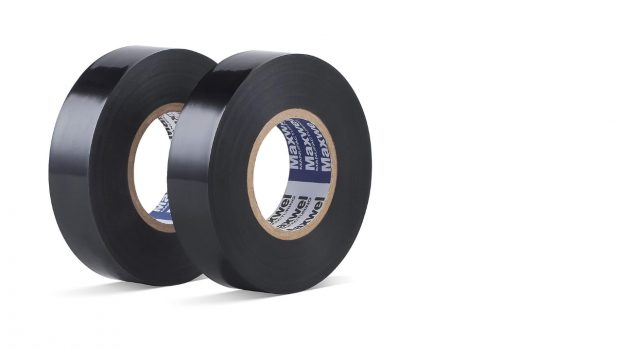
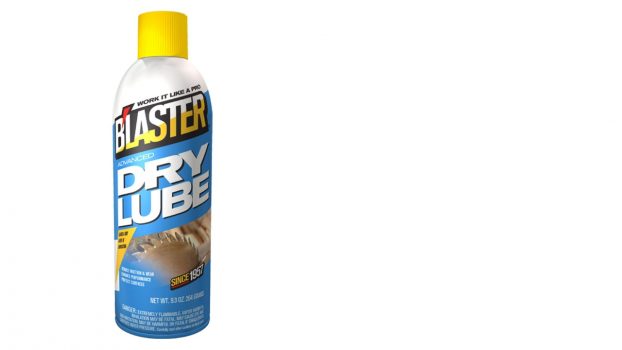

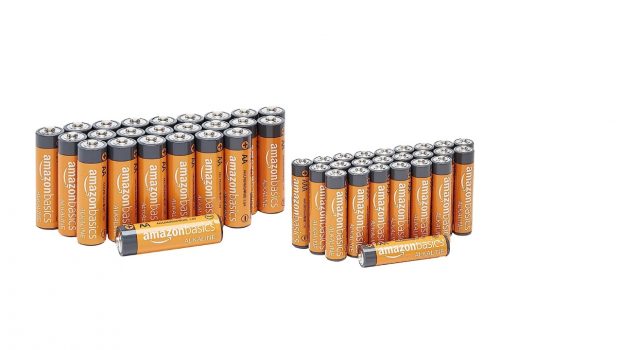
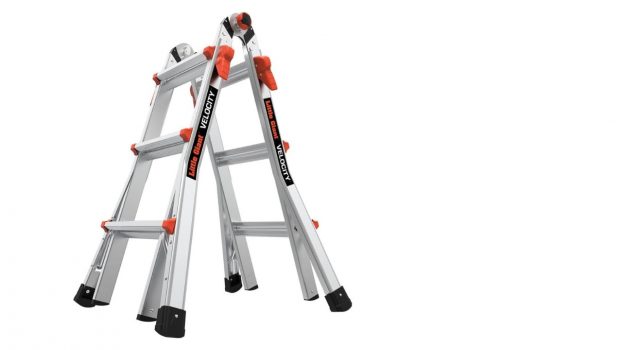
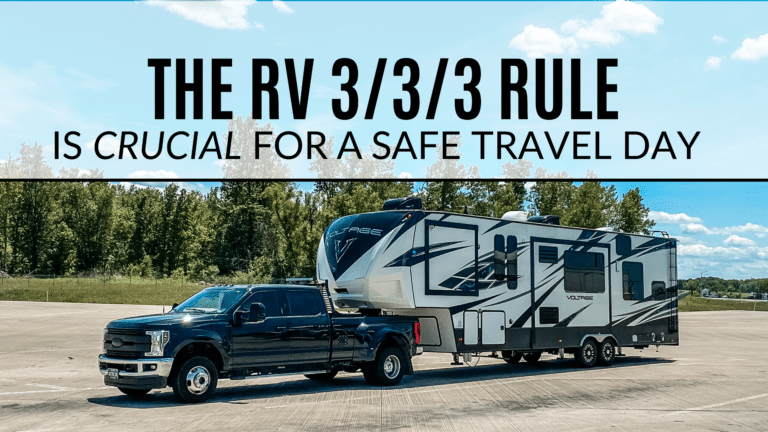
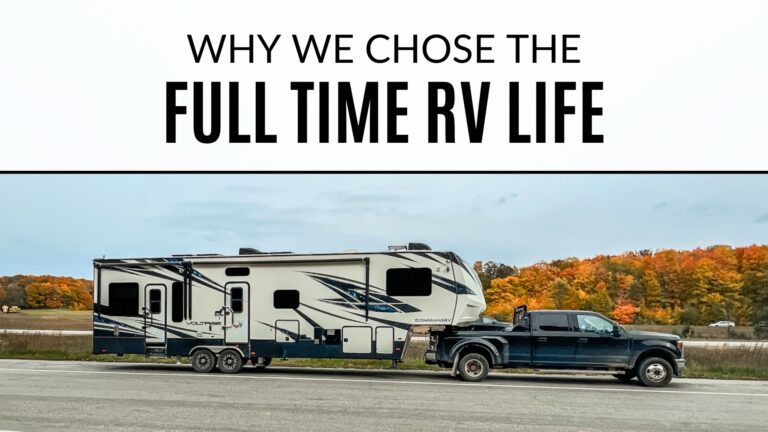



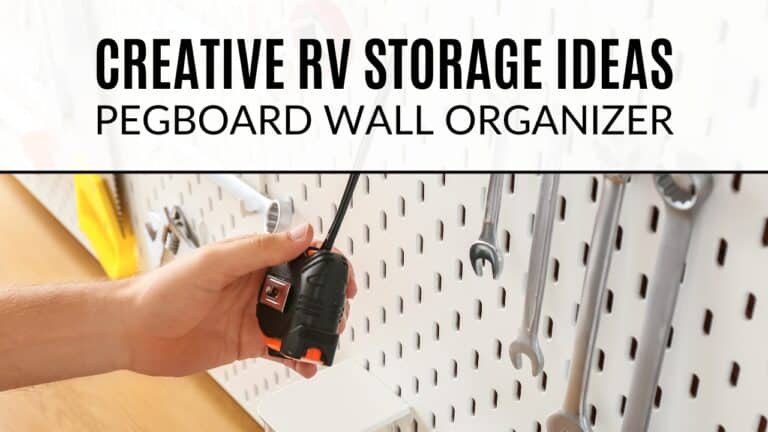
One Comment